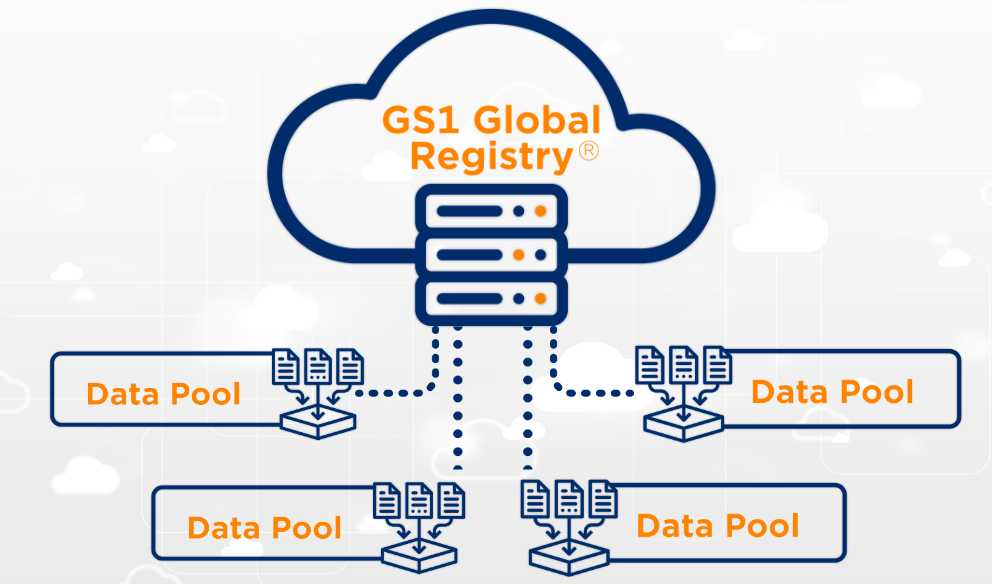Introduction
How Much Does Bad Product Data Cost You?
If you still receive incorrect, incomplete, inadequate provider data from your supply chain partners, this “inaccurate” data is costing you and your suppliers money every day.
Do you want to know the true cost of data and how much bad provider data costs you?
Continue to read this blog to find out more about product data management and its impact on reducing costs.
This is How Much Bad Product Data Cost You

1. Inefficient Operations
Inaccurate or incomplete provider data can lead to operational inefficiencies and increased data management time. For instance, incorrect dimensions or weight information can result in logistical challenges, leading to delays, incorrect order fulfillment, and higher shipping costs. Inaccurate product data descriptions can confuse customers, resulting in increased customer service inquiries and potential order returns.
2. Lost Sales Opportunities
Consumers rely heavily on accurate and detailed product data to make purchasing decisions. If product data is inconsistent or incomplete across sales channels, customers may abandon their purchase or seek alternatives from competitors who provide better information. This can lead to missed sales opportunities and decreased market share, ultimately affecting your data spend.
3. Increased Product Returns
Wrong product data can contribute to higher product return rates. Customers may receive products that do not match their expectations due to incorrect specifications or misleading descriptions. This results in additional costs for reverse logistics, restocking, and potential damage to brand reputation, all of which increase the overall cost of data errors.
4. Data Management Overhead
In the absence of standardized and automated product data management processes, businesses spend significant time and resources manually correcting and validating product data. These manual processes divert resources from strategic initiatives, slow down time-to-market, and increase the risk of data errors.
- Imagine that you could continuously align product data and digital content with all your supply chain partners.
- Imagine that you could receive automatic updates nightly from all your trading partners for all SKUs (changes, deletions & new SKUs).
- Imagine that all the product data attributes you require for all similar products would be the same from all suppliers.
- Imagine that you would receive a separate, discreet data record for each level of packaging for each SKU.
- Imagine that all the digital content you require would be included in each data record using URL tags.
A CAP Gemini study demonstrated that adopting and implementing a global data synchronization program would lead to a 1% to 3% savings in supply chain costs for retailers. Long-term benefits were expected to be even greater. The reality has been just that. … and better still, many of your suppliers are already able to supply this content to you using a global data content network. This network exists and is known as the GDSN (Global Data Synchronization Network). 1500 global demand parties like your company use the GDSN network today to obtain all their provider data from 40,000 GDSN registered suppliers.
GDSN Driving Data Excellence

The Global Data Synchronisation Network (GDSN) is a worldwide network that facilitates the exchange of standardized and synchronized product data between trading partners. GDSN data ensures that accurate and consistent product information is shared across the supply chain in real-time, enhancing data quality and integrity.
Here’s how GDSN data can help businesses improve their product data management:
1. Data Accuracy and Consistency
GDSN enforces data standards, ensuring that product information is accurate, up-to-date, and consistent across all trading partners. It eliminates manual data entry and reduces the risk of errors, leading to improved data quality and reliability through effective data cleansing.
2. Streamlined Data Exchange
GDSN provides a centralized platform for product data exchange, simplifying the process of sharing and updating product data with trading partners. It eliminates the need for multiple data formats and manual data synchronization, saving time and reducing administrative overhead.
3. Increased Efficiency and Speed to Market
By automating data synchronization, GDSN enables faster and more efficient product launches. It reduces the time required to onboard new products, update existing data, and ensure data compliance, leading to accelerated time-to-market and competitive advantage.
4. Enhanced Customer Experience
With accurate and comprehensive product data available across sales channels, GDSN helps businesses deliver consistent and reliable product information to customers. This improves the overall customer experience, builds trust, and increases customer satisfaction.
5. Improved Supply Chain Visibility
GDSN provides real-time visibility into product data, enabling better inventory management, demand forecasting, and order fulfillment. It facilitates efficient collaboration between trading partners, enhancing supply chain visibility and responsiveness through improved data integration.
Conclusion
The cost of wrong product data is a significant concern for businesses, impacting efficiency, customer satisfaction, and overall profitability. Investing in product data management solutions like the Global Data Synchronisation Network (GDSN) becomes imperative to mitigate these costs. GDSN offers a standardized and efficient way to synchronize product data across the supply chain, reducing errors, enhancing data accuracy, and ultimately improving the bottom line. Recognizing the true cost of wrong product data underscores the importance of adopting robust solutions to ensure data quality and integrity through effective data governance.
Commport GDSN Datapool Solution
Download: GDSN Buyers Guide
Empower your business with global data synchronization; download our GDSN Buyer's Guide today and take the first step towards streamlined, accurate, and compliant product data management.
Frequently Asked Questions
Wrong product data can lead to costly errors, such as shipping the wrong products, delays in order fulfillment, and increased customer dissatisfaction. It can also result in financial losses due to returns, chargebacks, and potential damage to a company’s reputation.
In accurate product data hampers supply chain efficiency by causing disruptions in order processing, inventory management, and logistics. Inaccurate information can lead to stockouts, overstock situations, and inefficiencies in the overall supply chain workflow.
Data synchronization, especially through solutions like GDSN, ensures that product information is consistent and up-to-date across all stakeholders in the supply chain. This consistency improves communication, reduces errors, and enhances overall efficiency in managing product data.
GDSN is designed to benefit businesses of all sizes. While larger enterprises may have more extensive product data, small businesses can leverage GDSN to improve data accuracy, streamline processes, and enhance collaboration with trading partners, contributing to overall efficiency.
GDSN contributes to cost savings by reducing errors in product data, which can lead to fewer returns, chargebacks, and operational inefficiencies. The standardized data exchange facilitated by GDSN streamlines processes, lowers the risk of errors, and ultimately saves businesses money in various aspects of their operations.




